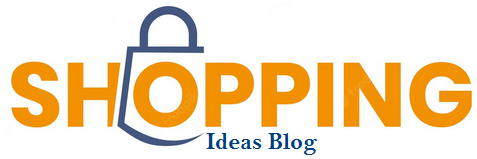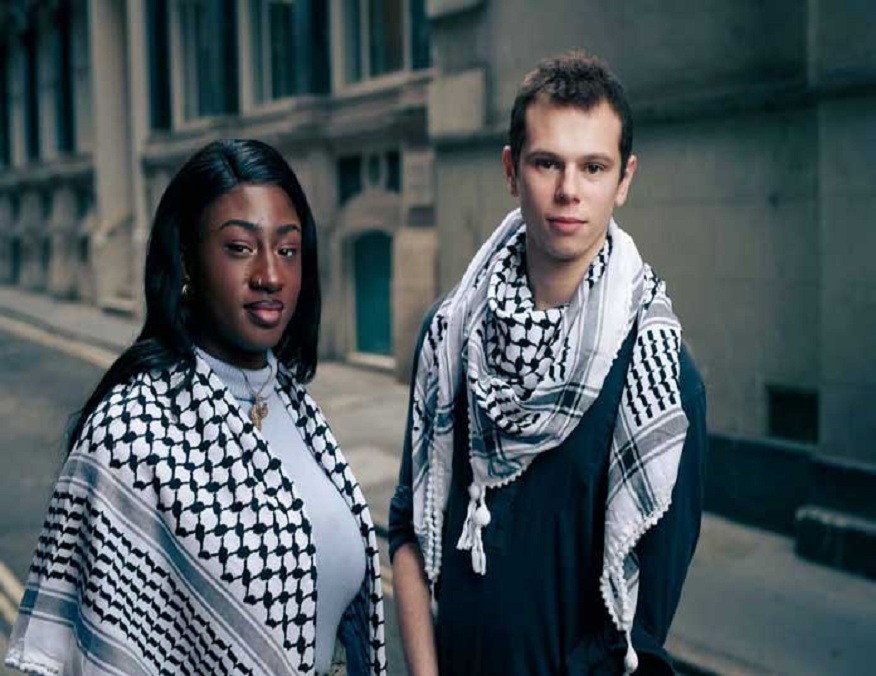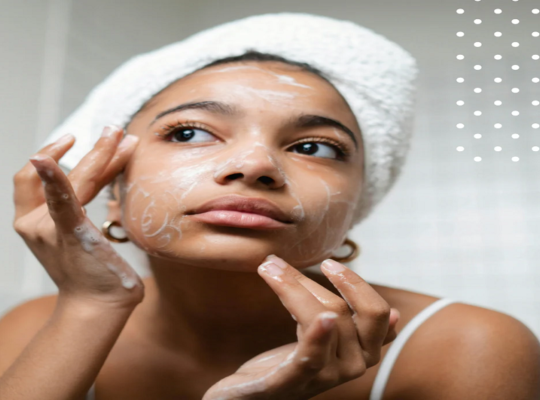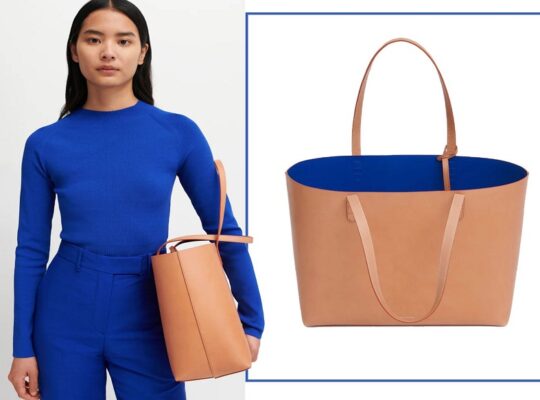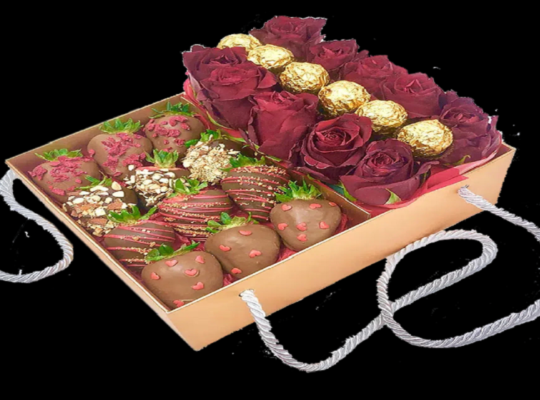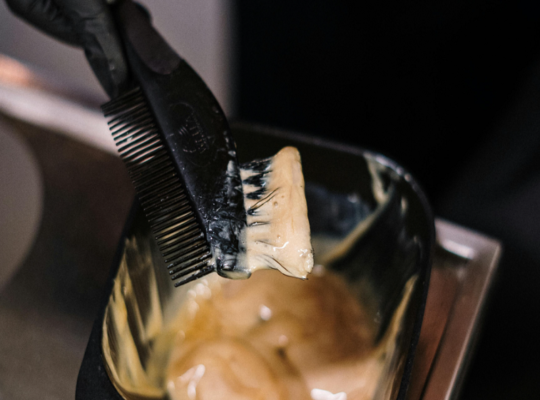Fashion magazines and specialized sites are regularly interested in the Palestinian keffiyeh, whether it is worn as a scarf, as above, or whether its motif inspires dresses, jackets, belts or shorts. The paradox is not small to see this piece of cotton, whose Arab peasants covered their faces to protect themselves from the wind, the sun and the sand, now recovered by fashionistas and other followers of street style. The contemporary history of the keffiyeh deserves all the more to be told, even summarily.
A SYMBOL OF PALESTINIAN NATIONALISM
The Palestinian notables willingly wore, at the beginning of the 20th century, the Western hat or the Ottoman tarbouche. It was the inability of these urban elites to resist both British rule and Zionist expansion that fueled the “Great Arab Revolt” in Palestine from 1936 to 1939. Opened by a six-month general strike, this anti-colonial mobilization became radicalized into a guerrilla movement that came from the countryside to establish itself, in 1938, as far as the old city of Jerusalem.
French diplomats then note that “ orders mysteriously transmitted prohibited the Arabs from wearing the tarbouche. The hairstyle of any conscious patriot must henceforth be that of the Bedouins, the koufié (sic)”. The Palestinian peasant defending his land is thus exalted by the keffiyeh with black patterns on a white background, a reversal of the social hierarchy that Fatah and the other fedayeen movements resumed in the 1960s to feed their revolutionary propaganda.
In neighboring Jordan, the British general who had established the “Arab Legion” chose the keffiyeh with red patterns to distinguish its combatants. This is why the Palestinian-Jordanian war of “Black September” saw black and red keffiyehs clash in 1970. And it is the black keffiyeh on a white background that Yasser Arafat wears on the UN platform, when he is invited there in 1974 as head of the Palestine Liberation Organization (PLO).
Symbol of the fedayeen during the crises in Lebanon and the Israeli invasion of this country in 1982, the keffiyeh became the obligatory attribute of the demonstrators who defied the Israeli occupation, from 1988 to 1993, in the West Bank and Gaza. For the young people engaged in this intifada (the Arabic term for “uprising”), the keffiyeh makes it possible both to advance masked and to attenuate the impact of tear gas. But it is above all a nationalist symbol, the sartorial equivalent of the Palestinian flag.
WORN BY MEN, BUT SPORTED BY WOMEN
When the keffiyeh is found around the neck of Western demonstrators in the 1970s, the reference to Palestinian militancy is assumed, against a background of revolutionary romanticism. In the next generation, it was a more diffuse form of solidarity with the young slingers of the intifada that animated the keffiyeh wearers. At the beginning of this century, the recovery of the keffiyeh, first by “cool” entrepreneurs, then by fashion designers, was not without controversy.
In 2007, the American chain Urban Outfitters had to remove its multicolored keffiyehs from its stores in the name of the ” sensitive nature of this product”.. She gave in to a protest campaign that highlighted the use of the keffiyeh by Iraqi guerrillas and jihadists around the world. But it is indeed its Palestinian dimension that continues to pose a problem for opponents of the keffiyeh, even if it is no longer, or little, taken into account by the millennials who wear such a headscarf.
In Palestine itself, keffiyehs are mostly imported from India or China, especially when they are offered to passing tourists. The only keffiyeh factory in the West Bank is in Hebron, where, founded in 1961 by Yasser Herbawi, it is managed today by his three sons. It has developed online sales to escape the multifaceted constraints imposed by Israel, declining the traditional model for creations called “Gaza”, “Jenin” or “Bethlehem”.
In Jordan, Palestinian refugees from the Jerash camp, historically originally from Gaza, have designed an original range of keffiyehs , now distributed, among others, by Boutique 1. This development is accompanied by an increasingly accentuated feminization of the international clientele of keffiyehs.
Palestinian leaders are now very rare to wear the keffiyeh, like Mahmoud Abbas, who succeeded Arafat in 2005 as head of the PLO and the Palestinian Authority. On the other hand, grassroots militants continue to associate their patriotic determination with the black keffiyeh on a white background.
This is very recently the case of Ahed Tamimi, imprisoned at 16 for having resisted the intrusion of Israeli soldiers into the family home, and released after serving a firm eight-month sentence . A new illustration of the persistence of the Palestinian question, even though the global diffusion of the keffiyeh naturally goes hand in hand with the dilution of its political significance.
